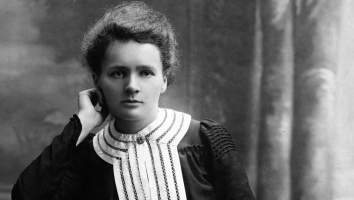Top 10 Interesting Facts about Marie Antoinette
Marie Antoinette (1755–93) is one of the most famous figures in French history. Married to the future King Louis XVI while still a teenager, the Austrian-born ... read more...queen is mainly remembered today for her expensive tastes and apparent disregard for the plight of her subjects, which only served to fuel the French Revolution. But how much of what you think you know about Marie Antoinette is actually true? Here are some interesting facts about Marie Antoinette.
-
It is safe to conclude that, by all accounts, Marie Antoinette had an exquisite childhood. The last of her mother's fifteen daughters, Marie Antoinette (born Maria Antonia; affectionately referred to by the family as "Antoine"), was raised by Maria Teresa, the Empress of Austria. What a mother she was. When Marie Antoinette was born, Maria Teresa was in the prime of her life. She had a lot of joyful years at Schonbrunn Palace with the strict yet adoring Empress, her affable father, Emperor Francis I, and her numerous brothers.
Marie Antoinette, according to biographer Antonia Fraser, delighted in the magnificent gardens and parks at Schloss Schonbrunn and Laxenburg (the family's vacation home, where the young archduchess discovered a love for the more straightforward pleasures in life). The young archduchess loved riding horses and spent the winter months sledding in a swan-shaped sleigh while wearing luxurious furs.
Paintings of the joyful family from this era show them with their cherished pets dogs, taking part in informal activities like dancing and music, and spending time together. For better or worse, Marie Antoinette's early experiences would influence her adult life and her reign as Queen of France.
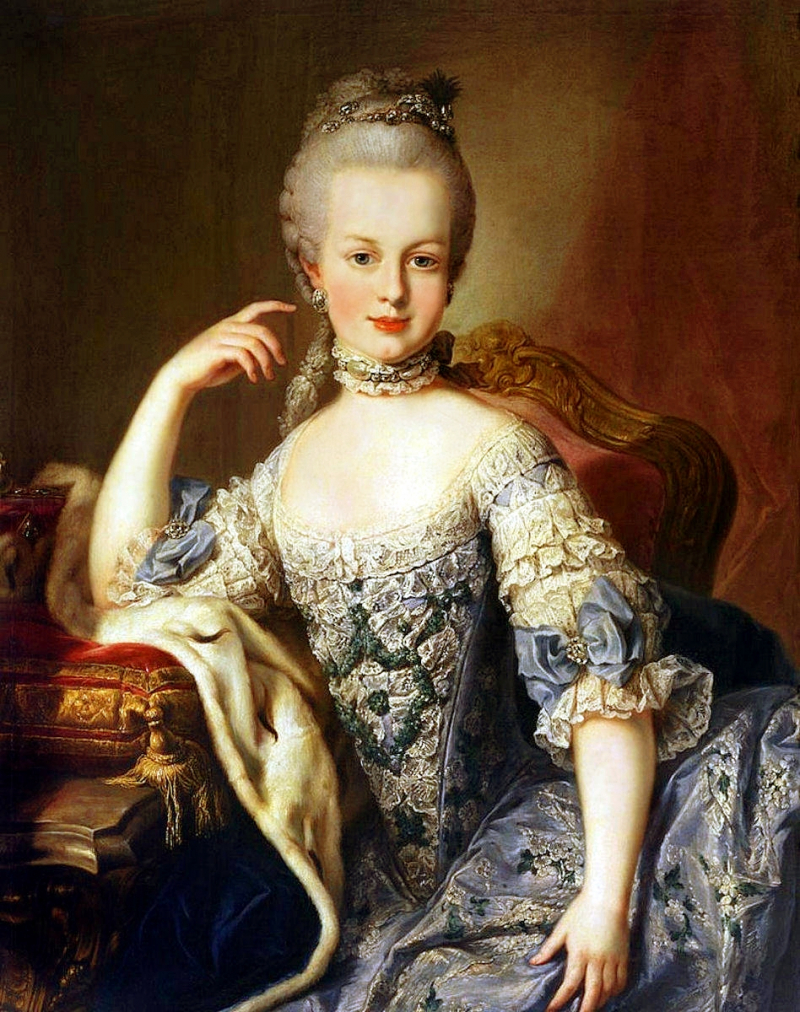
Photo: https://byronsmuse.wordpress.com/2013/11/12/marie-antoinettes-childhood/ 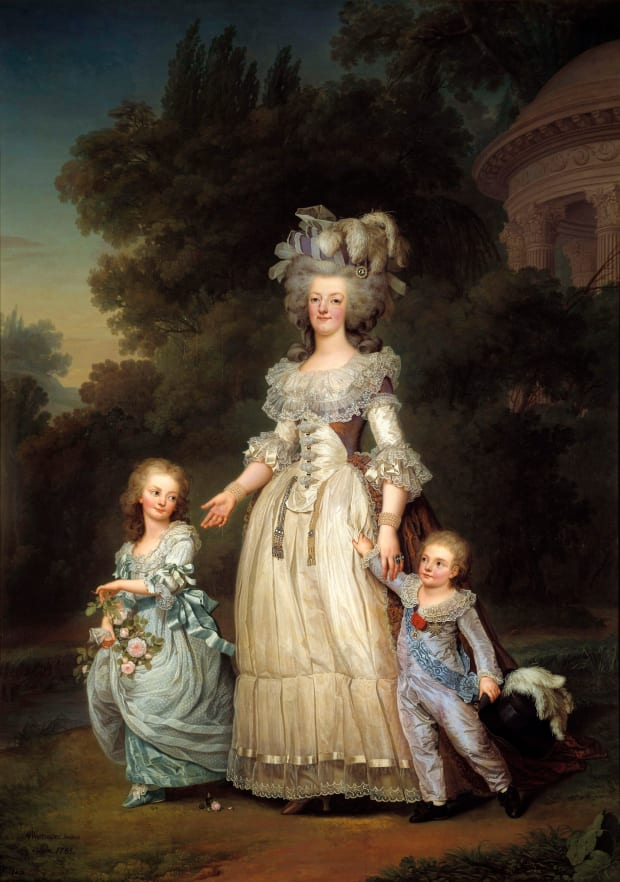
Photo: https://www.history.com/topics/france/marie-antoinette -
Big outfits and even greater hair come to mind when you hear her name, Marie Antoinette. This is an interesting fact about Marie Antoinette. Given the numerous photographs and paintings of Marie Antoinette that depict her notorious style, it is not surprising at all. She was known for her pouf, which was embellished with flowers, feathers, and jewelry. According to legend, Marie Antoinette's hair was ash-blonde in her very early years before turning light brown as a teenager. Sadly, following her first pregnancy, her thick hair fell out and was replaced with fine, wispy hair. Marie Antoinette's personal hairstylist, Leonard Autie, was enlisted to take care of her neglected locks.
The Queen started donning wigs as a quick fix. They had tulle, ribbon, flowers, feathers, and other decorations added by Autie. Marie Antoinette's pouf once stood four feet tall. It was rumored that the queen's wigs were powdered white with flour. This appears to have been a big political error on her side, given that her people were starving as a result of grain shortages.
In line with a particular theme, the French monarch launched a fashion trend by accessorizing her wigs, which brings us back to politics. For instance, to commemorate a French naval victory, Autie made waves in her hair and perched a model ship on top of them. Sadly, this tragic woman's last haircut was when her hair was roughly sliced off with shears by the executioner before she was carried to the guillotine, right before she was beheaded.Because of the shock of her situation, it was claimed that her hair had turned white overnight. The rapid whitening of one's hair in the current day is referred to by doctors as "Marie Antoinette Syndrome," even though modern science does not think this is conceivable.
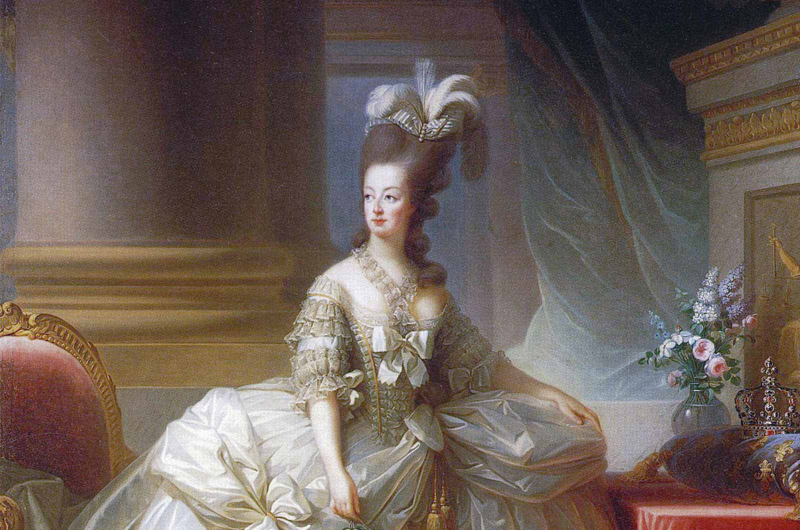
Photo: https://www.stylist.co.uk/entertainment/tv/marie-antoinette-bbc-two/571684 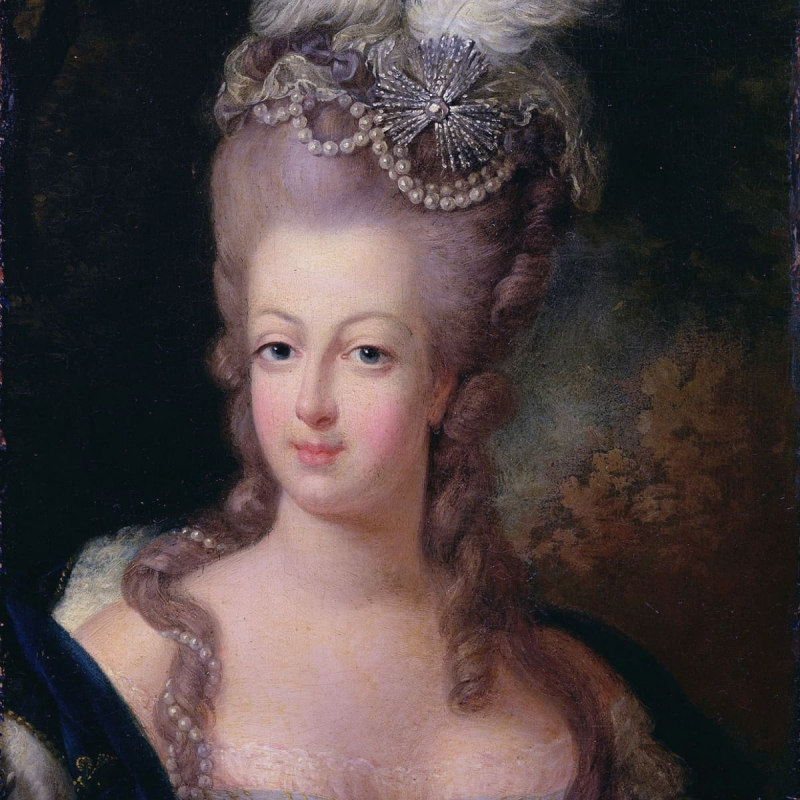
Photo: https://bellatory.com/fashion-industry/Marie-Antoinette-Hair-styles -
The customs of court life stifled Marie Antoinette in her early years at Versailles. The awkward young man who chose to practice his passion for locksmithing than attending the balls Marie Antoinette adored was her new husband, which only made matters worse. This is an interesting fact about Marie Antoinette.
The queen started to spend most of her time in the lavish Petit Trianon within the royal grounds after Louis Auguste assumed the throne on May 10, 1774. Here, she surrounded herself with a large number of "favorites" and hosted parties hidden from the court's inquisitive eyes.
She also ordered the creation of the Queen's Hamlet, or Hameau de la Reine, a mimic village with a working farm, a man-made lake, and a watermill that served as Marie Antoinette and her companions' equivalent of an enormous playground.
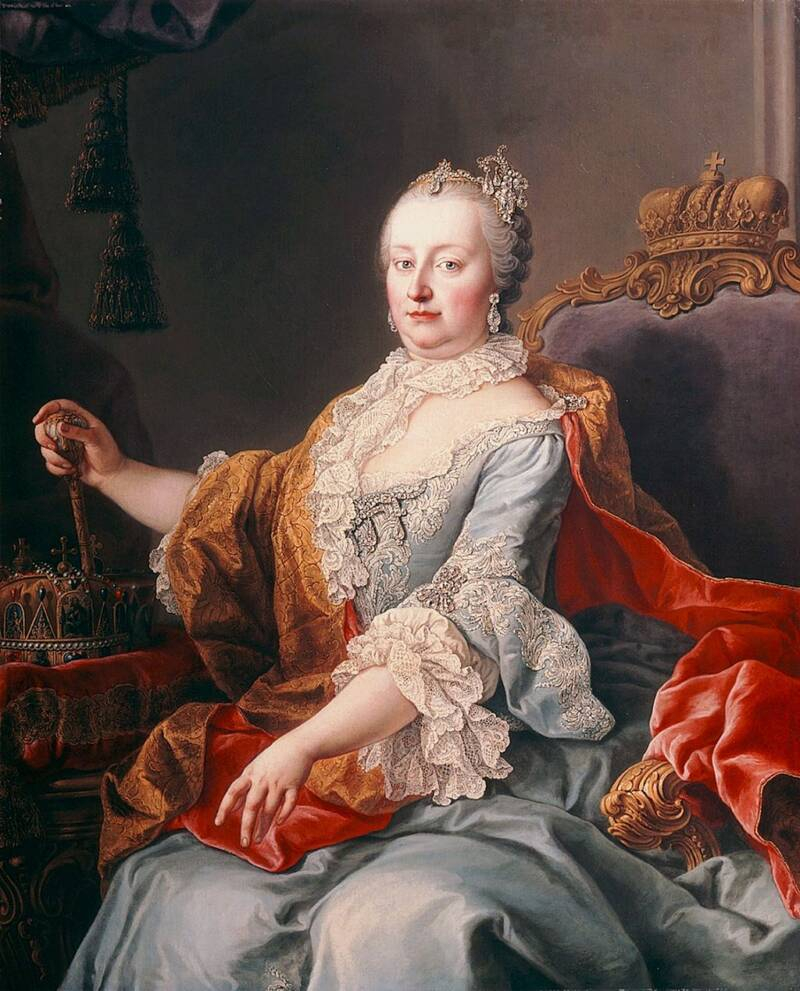
Photo: https://vi.wikipedia.org/wiki/Marie_Antoinette 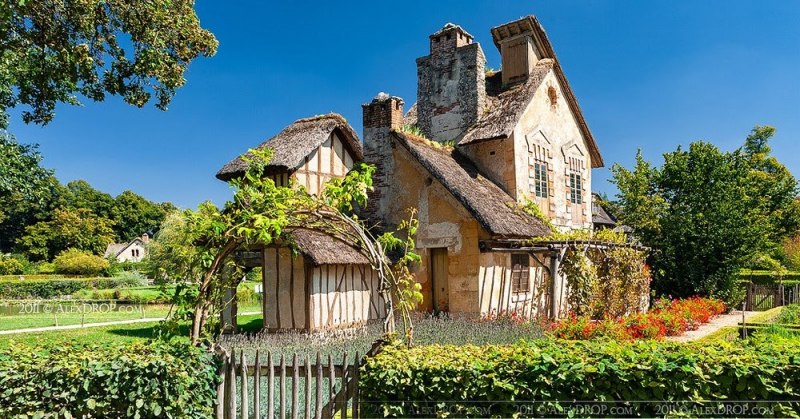
Photo: https://www.amusingplanet.com/2019/11/hameau-de-la-reine-marie-antoinettes.html -
To ensure that the infant was real and that no imposters could be put into the royal crib, Louis XIV, the Sun King, ordered that all French queens and princesses give birth in public. Therefore, when Marie Antoinette finally gave birth to a child after eight years of marriage to Louis XVI, the entire city of Versailles turned out to see the momentous occasion.
The person of the moment was Louis. He used his bulk to force his way through to the windows and threw open the shutters, which had previously stopped up due to the draftiness of the chamber, realizing that his queen was in dire need of fresh air. The Queen was revived when the chilly air entered the room, and she gave birth to Marie Therese, who was given the nickname "Madame Royale" and was named after her mother.
According to legend, Marie Antoinette's mother insisted on Schonbrunn Palace's windows remaining open during the winter because she thought the chilly air would have a calming effect. Marie Antoinette may have been transported back to her time being raised by her mother subconsciously, which was enough to reenergize her frail body.
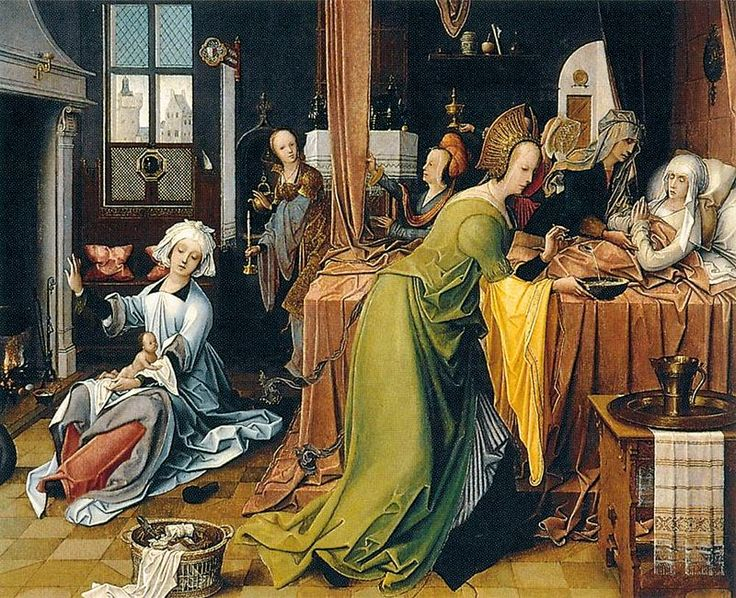
Photo: https://historycollection.com/10-of-the-strangest-rules-and-rituals-for-royal-births-over-the-centuries/2/ 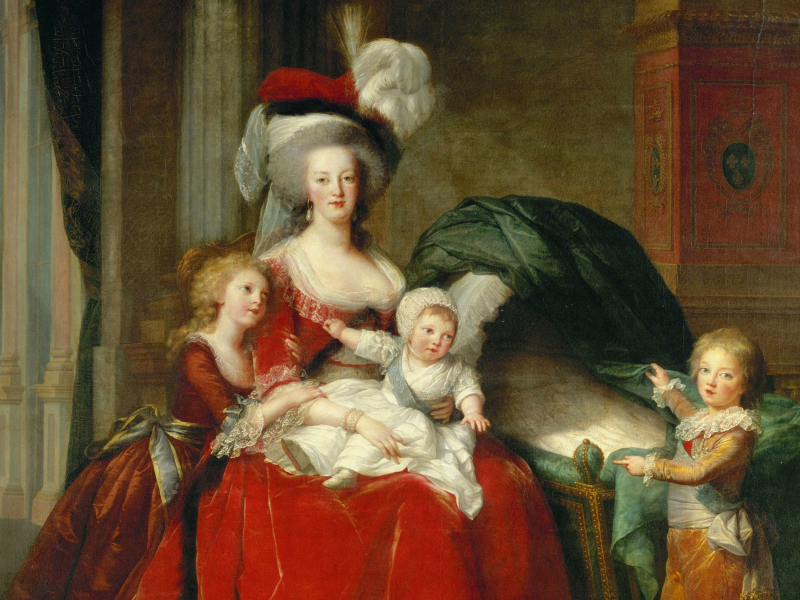
Photo: https://www.thoughtco.com/marie-antoinette-biography-3530303 -
One of the interesting facts about Marie Antoinette is that she was frequently depicted wearing sparkling jewels in pictures of her painted before the French Revolution. She cherished pearls and diamonds in particular. She brought some "beautiful white diamonds" to Versailles from Vienna, according to author Antonia Fraser, but it was during her reigns as Dauphine and subsequently Queen of France that her jewelry collection truly took off.
Marie Antoinette received several gifts upon her arrival at Versailles, including a necklace of large pearls that had been a family heirloom saved for the new Dauphine, a fan covered in diamonds that was a gift from King Louis XV, a bracelet bearing the initials "M.A." that was encrusted with diamonds, and the pièce de résistance, a parure of diamonds. Over the years, Marie Antoinette's jewelry collection developed; many of these pieces were sold at Sotheby's auction in 2018 by the Bourbon Parma family.
Just before her family's disastrous attempt to elude capture in France, one of her final acts as queen was to have her collection packed for storage. Her daughter Marie Therese, the only member of the family to survive the French Revolution, ultimately received the diamonds. Marie Therese left the jewels to her relatives, the Bourbon Parma women because she was childless.Marie Antoinette's mother, Empress Maria Teresa, who had quite different personal preferences, may have inspired her love of bling. She once said that she valued the treasures from the East—including lacquers, tapestries, and mirrors—far more than "all the diamonds in the world." The little Dauphine seemed to be completely mesmerized by the sparkling gems of the French Court, which were unlike anything she had ever seen in Vienna.
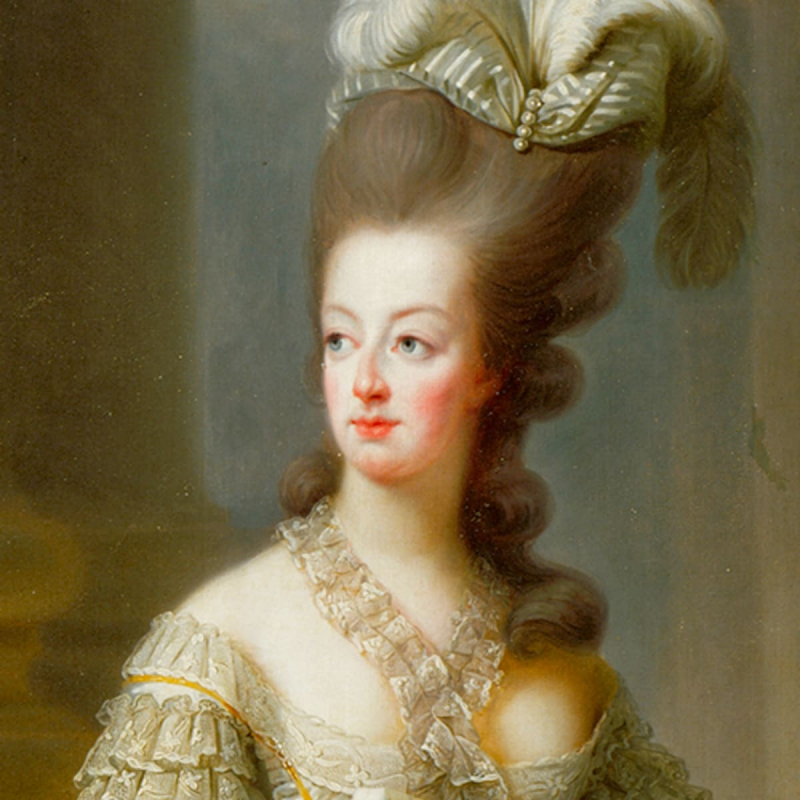
Photo: https://www.quora.com/Did-Queen-Marie-Antoinette-have-any-sisters-that-she-was-close-with 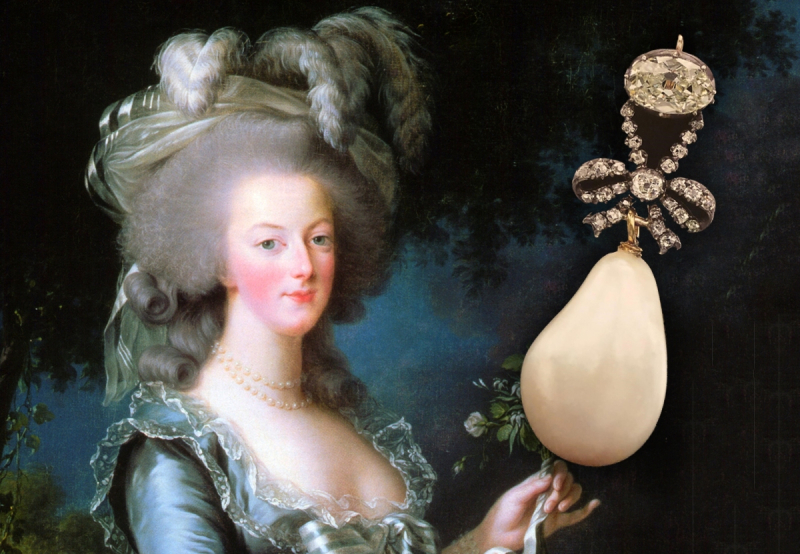
Photo: https://www.ingeniovirtual.com/analisis-dafo/?p=1.4.40340.2.18.66.smithsonian+jewelry+for+sale -
As an allusion to Marie Antoinette assuming a fictitious identity while attempting to elude capture in France, the caption of some editions of this etching claims that the document is the passport of a Russian baroness. The leopard's stripes were meant to represent the queen's inability to alter her behavior despite her new identity. Not to mention, look at the snakes in Marie Antoinette's hair. In order to compare her to Medusa, a dangerous figure from Greek mythology, the artist has done.
There are numerous depictions of Marie Antoinette and her husband, Louis XVI, as selfish, foolish, and immoral, and this one is only one of them. Louis was frequently shown as a pig or riding one. The queen's reputation in France was tarnished by more than just printed propaganda, such as a cartoon showing the queen engaging in a homosexual fling with her friend the Duchesse de Polignac. Numerous songs were also written about her. The song that suggested she had an incestuous relationship with her own son, Louis Charles, the Dauphin, was possibly the most destructive.
The biggest historical victim of misinformation may have been Marie Antoinette. She might not have been faultless, and she might have loved pleasure and been naive, but the way these booklets and songs depicted her was false. But it didn't matter that most of it was based on lies. The upshot of this extensive slander effort was an irreversible shift in public opinion against Marie Antoinette. The end of Marie Antoinette was approaching.
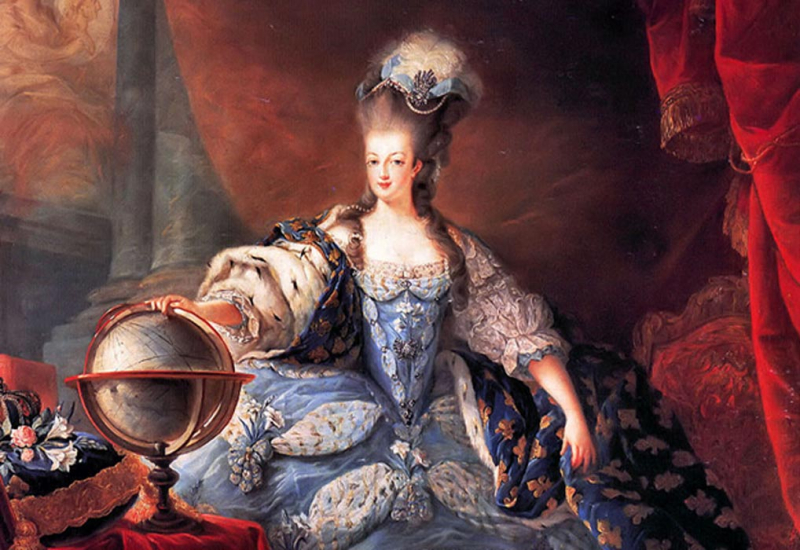
Photo: https://tomtomrant.wordpress.com/2021/02/08/marie-antoinette-victim-of-misogyny-or-of-her-own-political-choices/ 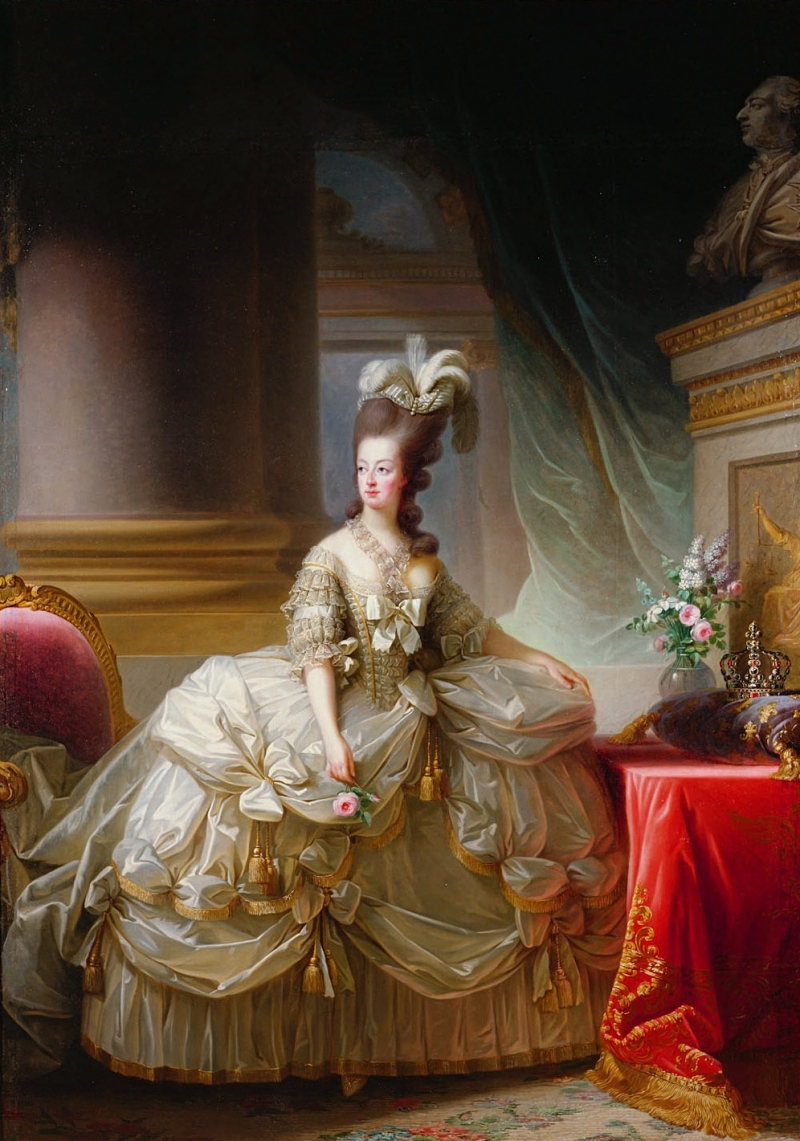
Photo: https://www.ancient-origins.net/history-famous-people/not-all-fun-and-cake-alternative-interpretation-life-queen-marie-antoinette-020873 -
Despite coming from a nation that was formerly a despised enemy, Marie Antoinette was enthusiastically welcomed by the populace when she initially arrived in France, an interesting fact about Marie Antoinette. However, she became known as "Madame Déficit" as word spread about her alleged personal spending. The queen's allocation of 120,000 liters per year to spend on clothing (many, many times the salary of a normal peasant) did not go over well because France had lavishly funded the American Revolutionary War.
However, Marie Antoinette's already disreputable reputation was further tainted in 1785 when a penniless young lady named the Comtesse de La Motte deceitfully bought a diamond necklace in her name. She tricked a cardinal into guaranteeing his credit to buy the necklace on Marie Antoinette's behalf using falsified letters and a prostitute posing as the queen. The necklace was sent to London and disassembled, but the jewelers never collected the entire amount owed to them.
Following the scandal's exposure, Louis XVI publicly censured both La Motte and the cardinal, locking the former up and removing him from his positions. The French people, however, heavily attacked the king because they saw his eagerness to act as proof that Marie Antoinette might still have been involved in some way. The prestige of the queen never fully recovered, and the revolution gained momentum.
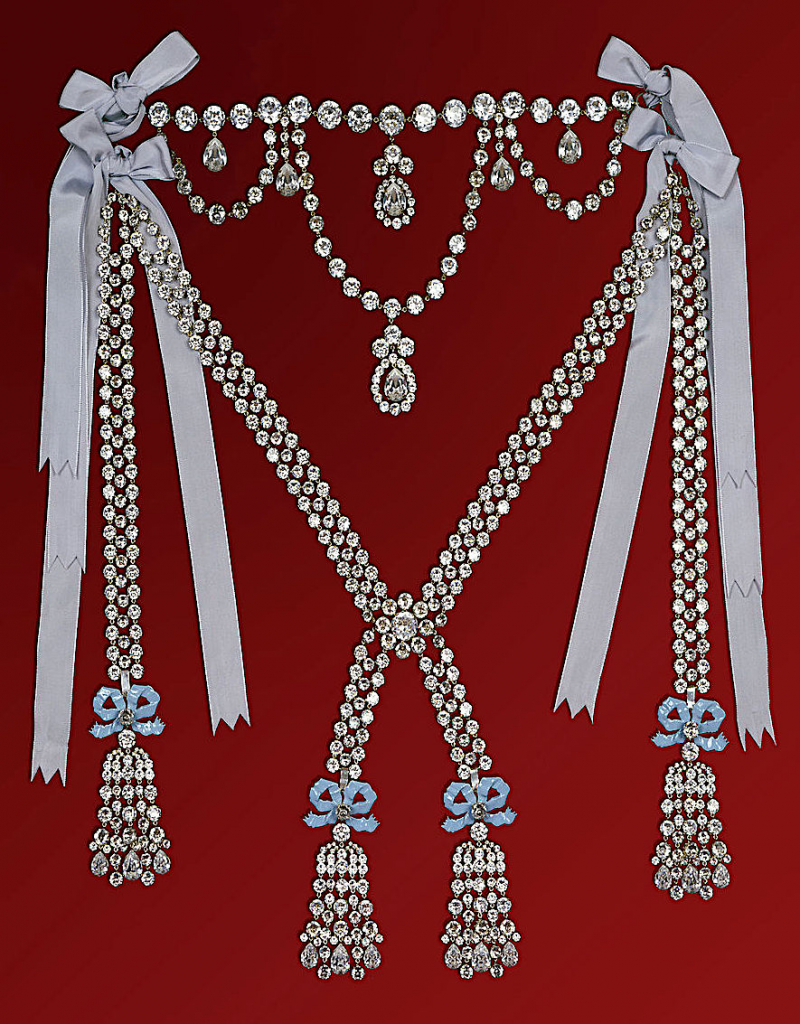
Photo: https://en.wikipedia.org/wiki/Affair_of_the_Diamond_Necklace 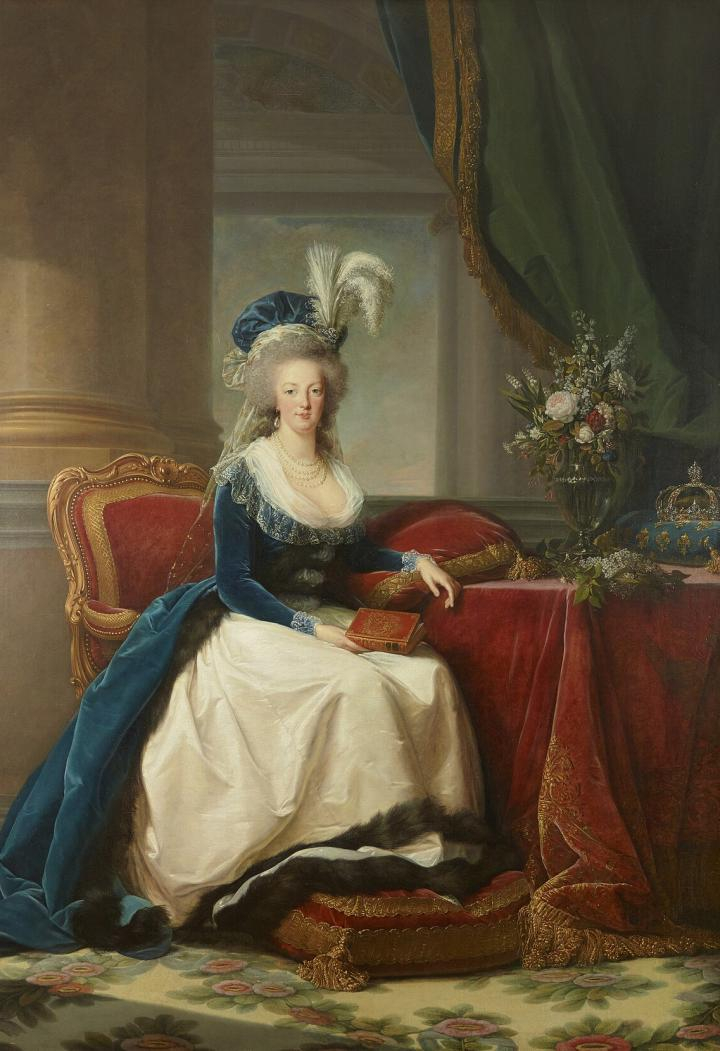
Photo: https://www.britannica.com/biography/Marie-Antoinette-queen-of-France -
France declared war on Austria in April 1792 because of concern that Austrian forces would invade in an effort to reinstate the absolute monarchy of Louis XVI. The revolutionaries, however, were bolstered by their victory at the battle of Valmy in September over a coalition force commanded by Prussia, totally overthrowing the monarchy.
The king and queen, together with a few of their confidantes, were already in prison at this point. One of them was the Princesse de Lamballe, a personal companion of Marie Antoinette, who was imprisoned in the infamous La Force facility. On September 3, 1792, Lamballe was carried out onto the street where she was attacked by a mob and beheaded for refusing to recite an oath against the royal family. Then, as Marie Antoinette was being kept in the Temple jail, her head was marched there and displayed outside the queen's window on a pole.
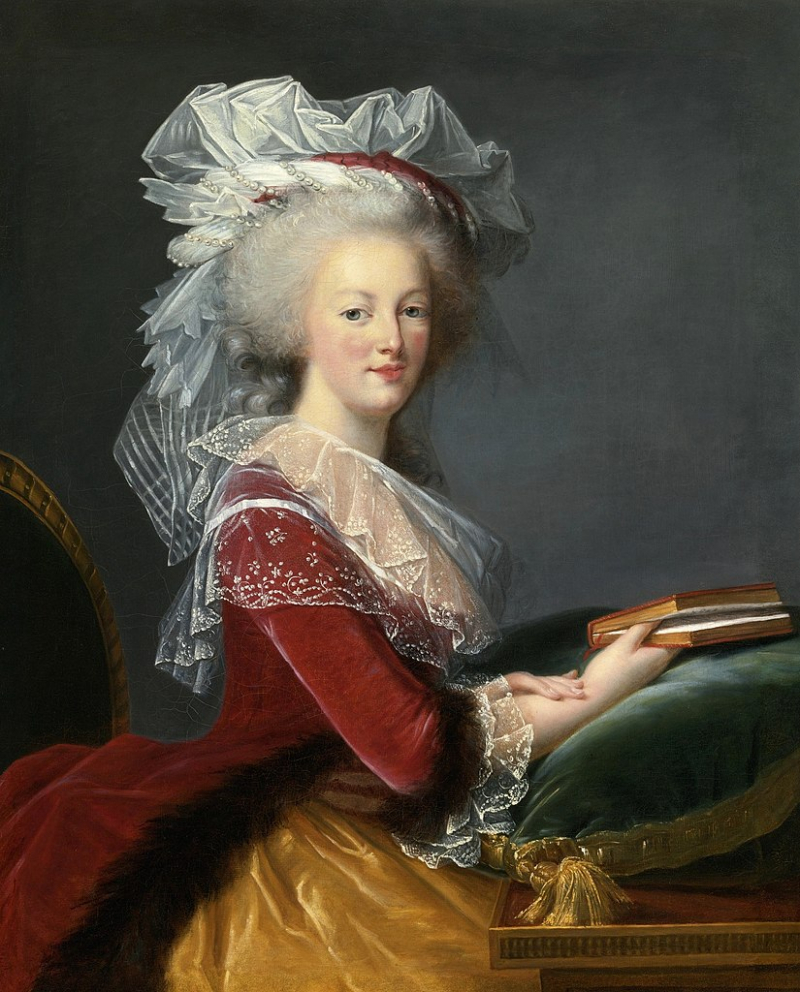
Photo: https://www.quora.com/What-is-it-like-to-be-a-descendant-of-Marie-Antoinette 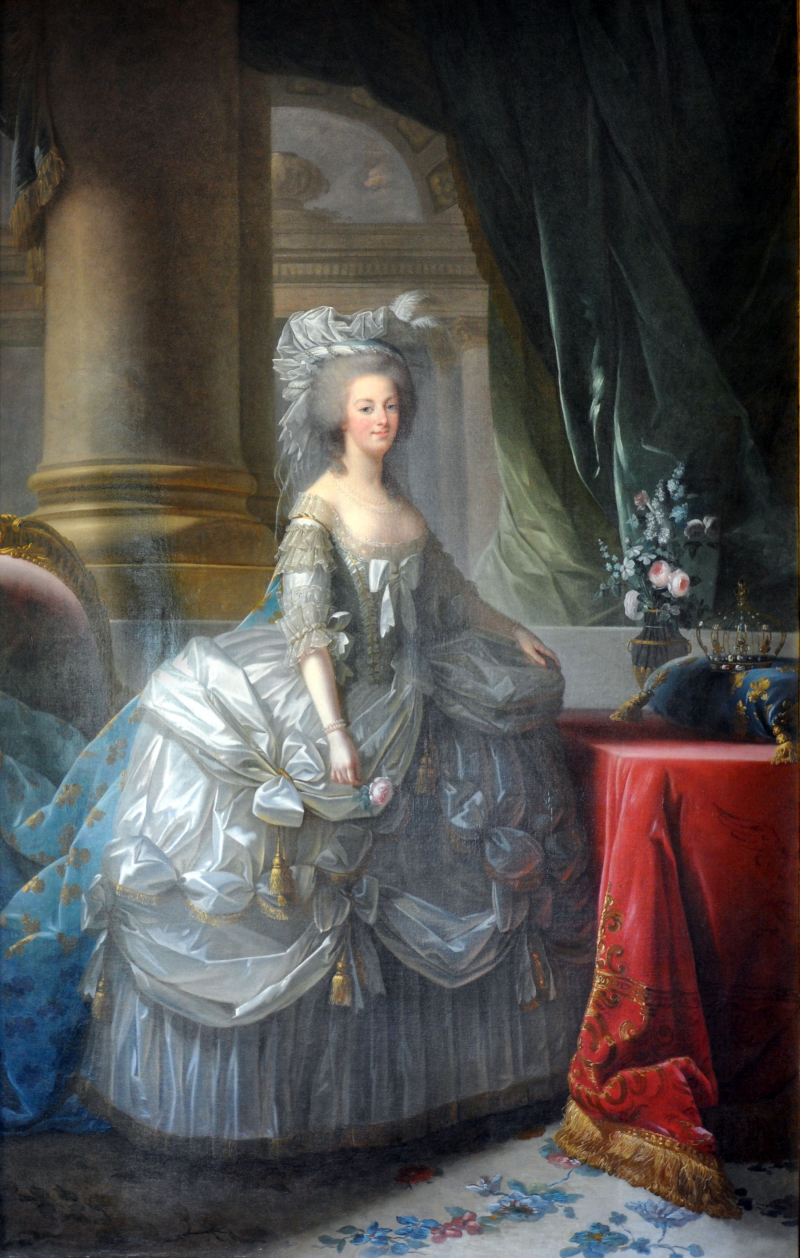
Photo: https://www.historyofroyalwomen.com/marie-therese-louise-of-savoy-carignan/the-princesse-de-lamballe-the-best-friend-of-marie-antoinette-part-two/ -
One of the most famous deaths in recent history is undoubtedly that of Marie Antoinette. It was Marie Antoinette's birthday, nine months after her husband, the King, was beheaded on the guillotine. Before she passed away, she remained steadfast in her view that she had been wronged, given that her husband and her cherished children had been taken from her. She behaved with dignity and courage during her final days in prison.
The last Queen of France, Marie Antoinette, made her way to the guillotine in front of a vast throng on October 16, 1793, three years after the French Revolution had started. She unintentionally stepped on her executioner's foot as she made her way up the stairs to the guillotine. Up until the very end, she remained a lady. She offered him an apology. When Marie Antoinette's head was neatly severed from her body at 12:15 PM, her demise was complete.While the grave diggers took a break for lunch, her dismembered head and corpse were carelessly buried next to her open grave at the Rue d'Anjou. Marie Antoinette's death mask was preserved for history when Madame Tussaud managed to carve the poor Queen's visage in wax in exactly the right amount of time.
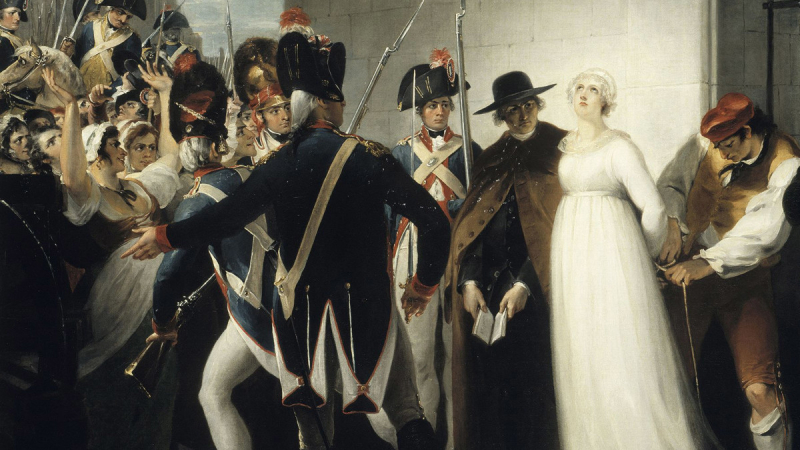
Photo: https://www.history.com/news/marie-antoinette-death-myths-execution-ballads 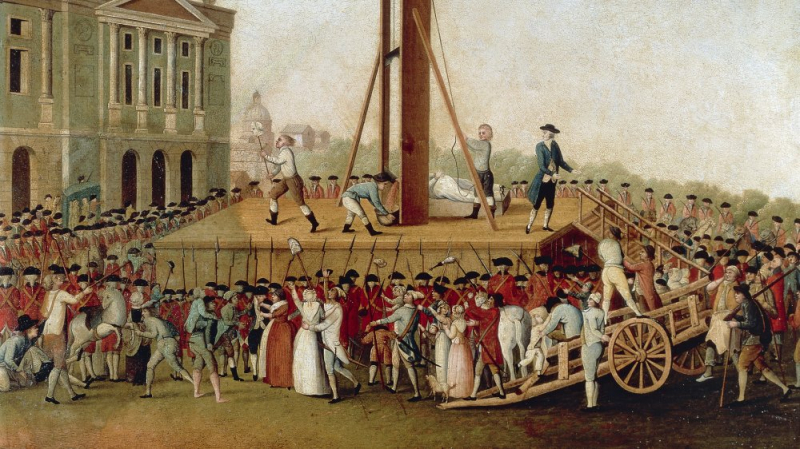
Photo: https://allthatsinteresting.com/marie-antoinette-death -
Marie Antoinette was hauled before a tribunal in September 1793, nine months after her husband was executed for high treason, and was accused of a number of crimes, including providing money to their Austrian adversary. Most concerningly, she was also charged with sexually abusing Louis Charles, her only surviving son. The queen was judged guilty of her "crimes" on October 14, despite the fact that there was no solid evidence to support the latter accusation.
Marie Antoinette, 37, was publicly executed two days later while wearing a simple white dress and short hair. The Madeleine Cemetery in the city then received her body and disposed of it there. It was a tragic end for a woman who had lived an extravagant life; the queen's remains would later be found and put in a tomb with her husband.
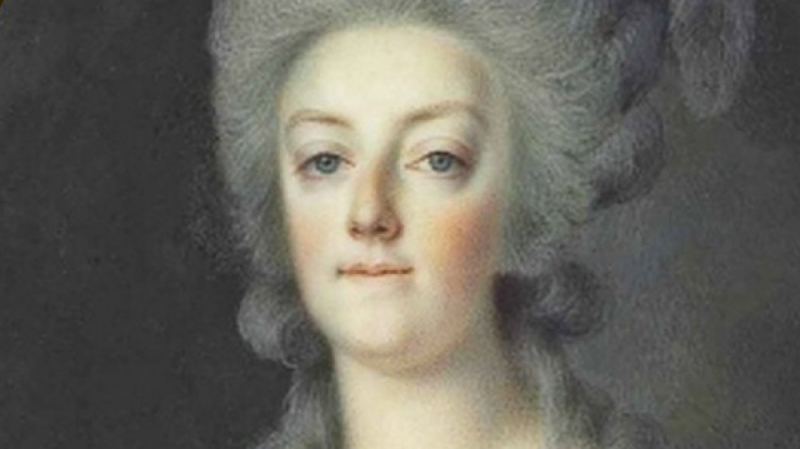
Photo: https://www.grunge.com/212395/myths-you-believe-about-marie-antoinette/ 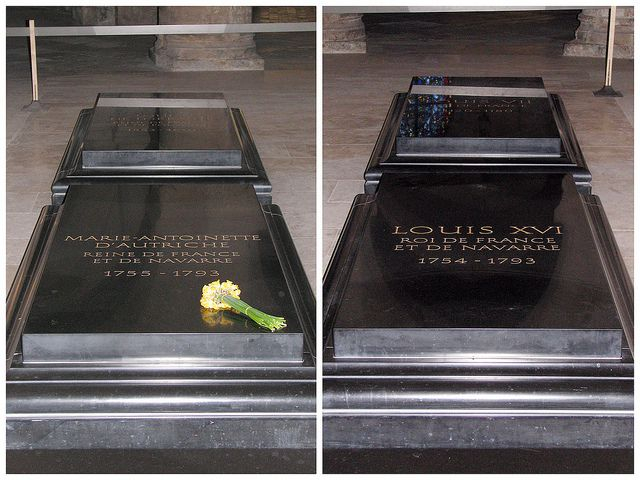
Photo: https://www.pinterest.com/pin/563161128375985580/












